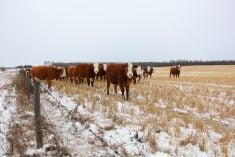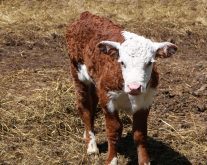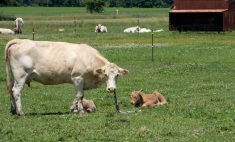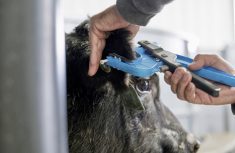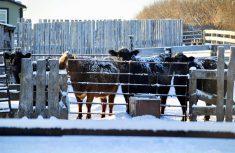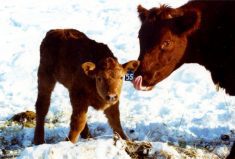Most cows deliver their calves with no issues. But the day a calf is born is still the highest-risk day of its life, says Dr. Claire Windeyer, associate professor of production animal health at the University of Calgary’s faculty of veterinary medicine.
Things can go sideways quickly after a difficult labour, so knowing what to do ahead of time increases the odds of successfully resuscitating newborn calves during emergencies. To help producers fill their tool boxes, Windeyer demonstrates effective tactics for resuscitating calves in a video created by the Beef Cattle Research Council.
The video also shows what not to do. Hanging a calf upside down to drain liquid from its lungs is a traditional technique used by many in the past. However, it turns out that doing this only drains fluid from the calf ’s stomach, not its lungs. Holding a calf upside down or draping it over a gate or fence also causes the calf ’s stomach and intestines to compress the lungs and diaphragm, making it even harder for the calf to breathe.
Read Also
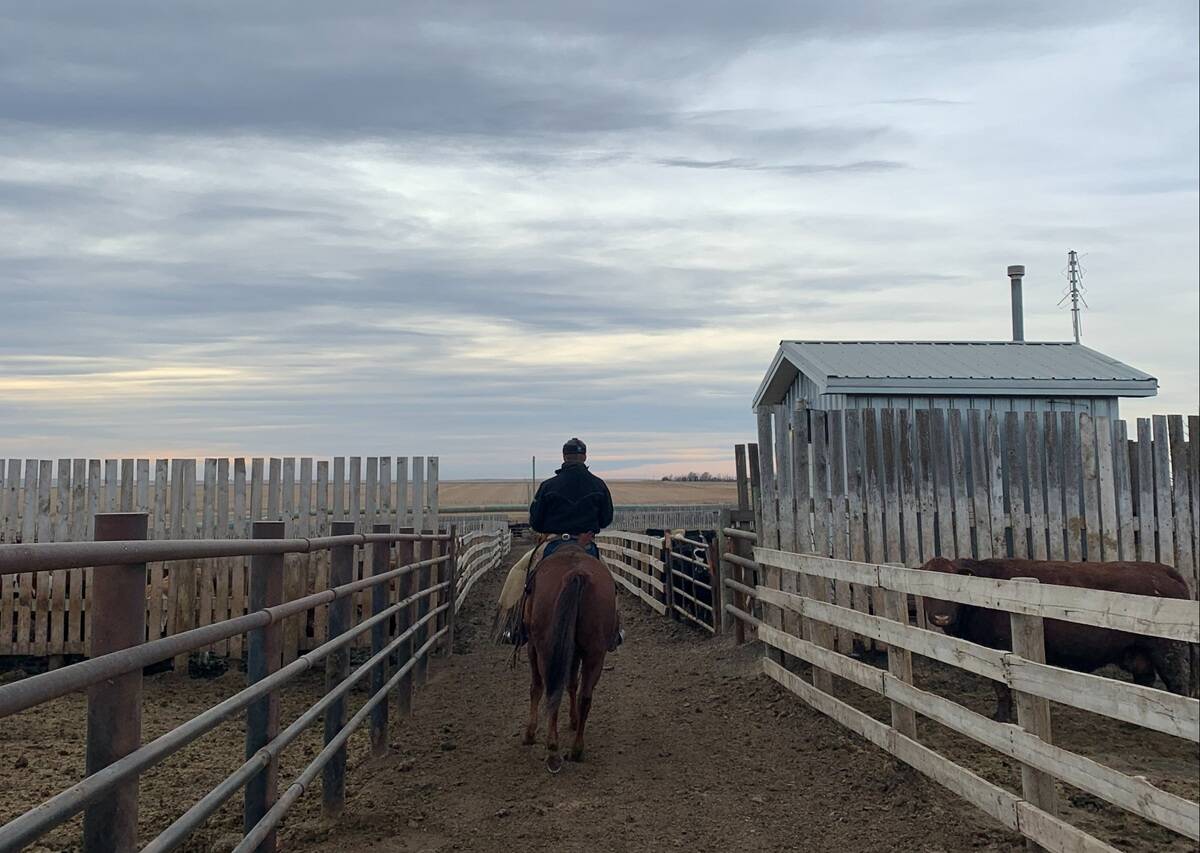
Pen riders still better than tech at detecting respiratory disease in feedlot cattle, says researcher
Recent research found that pen riders are better than tech at flagging signs of BRD in feedlot cattle
Fortunately, Windeyer says that as long as the calf has a heartbeat, there are several things you can do to get it breathing. Recommended actions include:
- Positioning the calf in the recovery position with both front legs tucked underneath its chest or out in front of it and back legs on each side of the body, pulled towards its head. This allows the calf ’s lungs to expand with less pressure, making it easier for the calf to breathe.
- Clearing fetal fluid from the calf’s mouth.
- Rubbing the calf vigorously with your hands or a towel. This can help the calf wake up and start breathing.
- Gently poking the nasal septum with a clean piece of straw. Another option is pinching the nose and gently shaking the head.
- Gently squirting a few drops of water in a calf’s ear which often causes them to gasp and start breathing. Be careful not to fill the ear with water or to add too much pressure, as this could cause an ear infection.
- Splashing water on the back of the calf’s neck or face.
Producers may also want to consider giving a pain control product, such as meloxicam, to cows and calves after a difficult birth. Recent work at the University of Calgary showed slight statistical improvements in weight gain during the first week of life in calves that received meloxicam after a hard labour. Furthermore, without being told which calves had received the pain control product, producers were able to identify calves that had received the pain control product. They noted that these calves appeared brighter, mothered up faster, and were let out of the barn sooner.
To watch the video on resuscitating calves, visit the BCRC YouTube channel.



